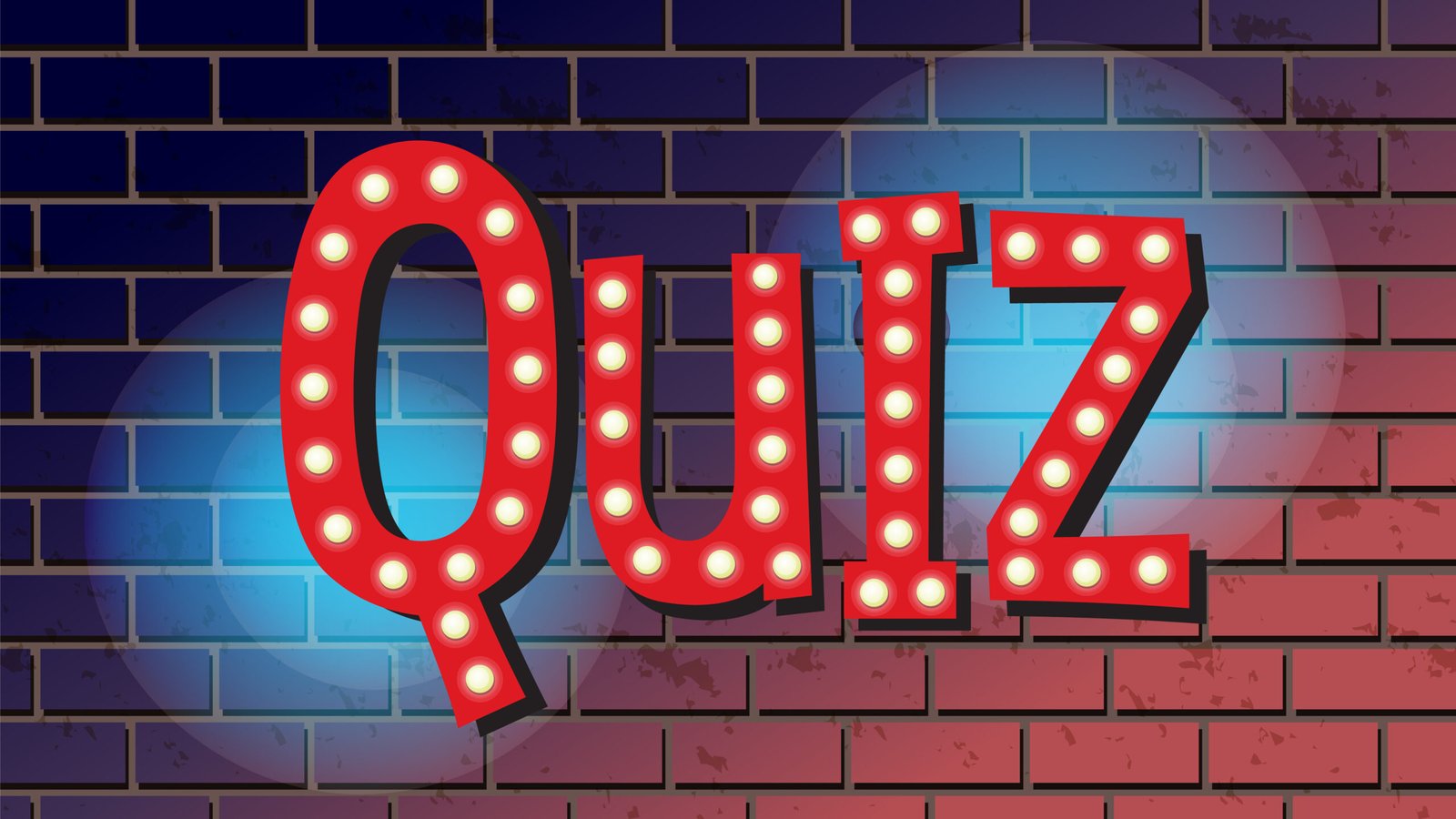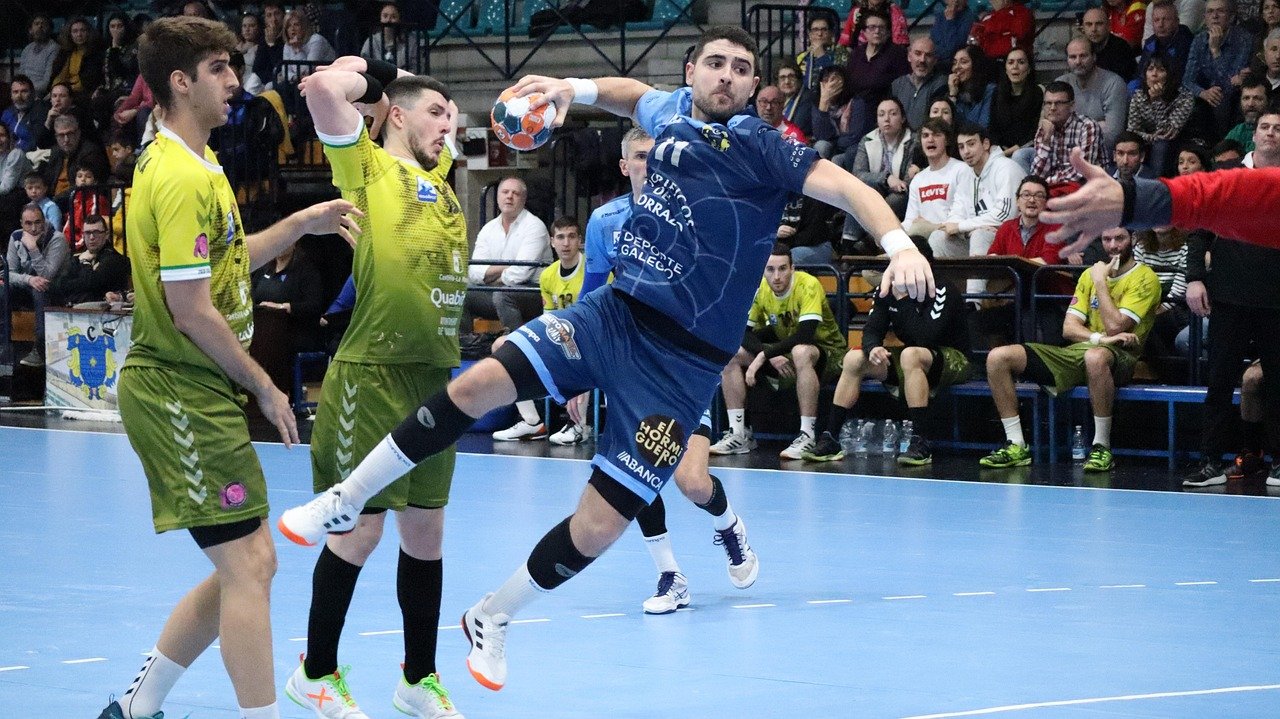Understanding the various positions in handball is essential for players, coaches, and fans alike. Each position has a unique role and set of responsibilities, and mastering these can make the difference between a well-coordinated team and one that struggles to find rhythm.
Goalkeeper
The goalkeeper is the last line of defence and plays a crucial role in any handball team. Positioned in the goal area, their main tasks are:
- Blocking shots using any part of the body
- Directing the defence with vocal instructions
- Starting fast breaks with accurate outlet passes
A good goalkeeper has excellent reflexes, anticipation skills, and strong communication with defenders.
Left Wing
The left wing operates along the left sideline of the court and is often responsible for:
- Finishing attacks from tight angles
- Leading fast breaks
- Exploiting space in wide positions
This position suits agile players with speed and the ability to jump and shoot accurately from sharp angles.
Right Wing
Similar to the left wing, the right wing plays on the opposite side and performs comparable duties:
- Scoring from acute angles
- Supporting fast counter-attacks
- Stretching the opposition defence
Right wings are typically right-footed players with excellent timing and finishing skills.
Left Back
Left backs are powerful shooters who typically attack from the back line and perform these functions:
- Taking long-range shots
- Penetrating the defensive line
- Creating scoring opportunities for others
A left back must combine strength, agility, and vision. They are often taller players with a strong throwing arm.
Right Back
The right back mirrors the role of the left back but operates on the right side. Their key duties include:
- Shooting from distance
- Disrupting defensive formations
- Assisting the centre back in transitions
Right backs are often left-handed players who can shoot and pass with precision under pressure.
Centre Back (Playmaker)
The centre back is the brain of the team, acting as a playmaker and coordinator. Their responsibilities involve:
- Orchestrating the team’s attack
- Distributing the ball efficiently
- Reading the defence and adjusting plays
This position requires high game intelligence, strong passing skills, and the ability to remain calm under pressure.
Pivot (Line Player)
The pivot plays close to the opponent’s goal, typically around the six-metre line. Their main tasks include:
- Creating space by disrupting the defence
- Receiving passes in tight spaces
- Scoring from close range
The pivot often battles physically with defenders and must have excellent ball control, awareness, and strength.
Substitutes and Rotational Roles
Handball is fast-paced, and substitutions are frequent. Each player must be prepared to:
- Adapt to different roles depending on match flow
- Bring fresh energy and impact when called upon
- Communicate and coordinate effectively when entering the court
Teams with versatile and well-prepared substitutes often perform more consistently.
Defensive Responsibilities by Position
While attacking roles are often highlighted, defensive work is equally important:
- Goalkeeper: Prevent goals and initiate counter-attacks
- Wings: Fall back quickly and protect wide areas
- Backs: Block shots and press the ball handler
- Centre Back: Organise the defensive structure
- Pivot: Disrupt opposing pivots and support central defence
Strong team defence relies on positional discipline, communication, and anticipation.
How Positions Interact
A successful handball team requires constant collaboration. For example:
- The centre back must read the game and choose the right moment to involve the wing or back players
- The pivot sets screens to open space for the backs
- Wings provide width, allowing backs to cut inside or take shots
Understanding these dynamics leads to fluid attacking moves and a cohesive defence.
Final Thoughts
Each handball position plays a vital part in the team’s success. Whether you’re scoring goals, creating plays, or defending your net, knowing your role helps you contribute more effectively.
For players looking to improve, focus on mastering your position while learning the basics of the others. A well-rounded understanding of handball positions will elevate your overall performance and tactical awareness.



